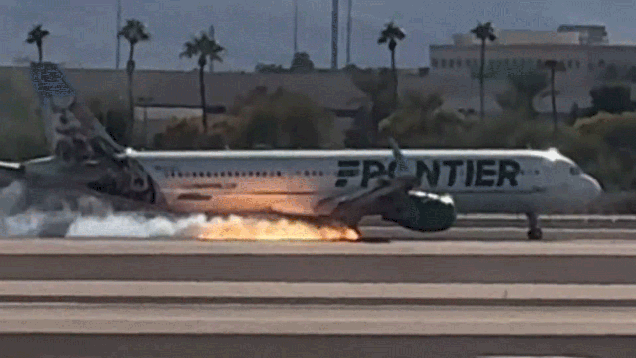Understanding the Tradition of Applause on Landing Flights
The practice of passengers clapping when a flight lands is a tradition that has sparked both affection and debate among travelers. While some view it as a charming gesture of gratitude, others see it as unnecessary. The recent incident involving a Frontier Airlines flight that landed with flames trailing from its landing gear has reignited discussions about this custom.
Why Do Passengers Clap After Landing?
Clapping upon landing can be seen as a collective expression of relief and appreciation. After hours spent in the air, often with turbulence and uncertainty, the moment of touchdown brings a sense of safety and closure. According to a study published in the Journal of Air Transport Management, passenger behavior during flights is heavily influenced by their emotional state. The act of clapping can serve as a cathartic release, allowing passengers to express their feelings in a communal setting.
Moreover, the emotional connection to the flight crew plays a significant role. Passengers often feel a bond with the pilots and flight attendants, who have worked diligently to ensure a safe journey. When a flight lands successfully, especially after a tense situation, clapping can be a way to acknowledge the crew’s efforts.
The Frontier Airlines Incident: A Case Study
On a recent Frontier Airlines flight from San Diego to Las Vegas, passengers experienced a harrowing moment when flames were spotted trailing from the landing gear during descent. Fortunately, the aircraft landed safely at Harry Reid International Airport, and the crew managed the situation effectively. This incident not only warranted applause but also raised questions about safety protocols and passenger reactions in emergencies.
According to aviation safety expert Dr. John Cox, such incidents, while alarming, are often handled with professionalism by flight crews. “The training pilots receive prepares them for a variety of scenarios, including emergency landings,” he explains. “Passengers may not always understand the complexities involved, but their relief is palpable when a flight concludes safely.”
Should Clapping Be Encouraged or Discouraged?
The question of whether clapping should be encouraged or discouraged remains subjective. Some argue that it fosters a sense of community among passengers, while others believe it can disrupt the post-landing procedures and announcements that follow.
Airlines and flight crews often have differing opinions on the matter. Some flight attendants appreciate the gesture, viewing it as a sign of appreciation for their hard work. Others, however, prefer to maintain a professional atmosphere, focusing on the safety and efficiency of disembarking.
The Role of Social Media in Shaping Perceptions
In today’s digital age, social media plays a significant role in shaping public perceptions of air travel experiences. Videos and posts about clapping incidents can go viral, influencing how future travelers view the tradition. For instance, the recent Frontier Airlines incident quickly garnered attention online, with many users sharing their thoughts on the appropriateness of clapping in such scenarios.
As travelers increasingly turn to platforms like Twitter and Instagram for real-time updates and opinions, the dialogue surrounding flight traditions continues to evolve. This shift highlights the importance of understanding diverse perspectives and the cultural significance of such practices in air travel.
Navigating Passenger Etiquette in the Skies
Ultimately, navigating the nuances of passenger etiquette in the skies requires sensitivity and awareness. While clapping may be a cherished tradition for some, others may prefer a quieter, more subdued approach.
Travelers should consider the context of their flight experiences. In situations where the crew has demonstrated exceptional skill in managing a crisis, such as the Frontier Airlines incident, a round of applause may be entirely appropriate. Conversely, in more routine landings, it may be best to respect the atmosphere and allow for a smooth transition back to the ground.
In conclusion, the tradition of clapping upon landing is a multifaceted practice that reflects the emotional landscape of air travel. Whether celebrated or critiqued, it serves as a reminder of the shared experiences that unite passengers in the skies. As air travel continues to evolve, so too will the customs and traditions that accompany it, shaping the future of our journeys together.

